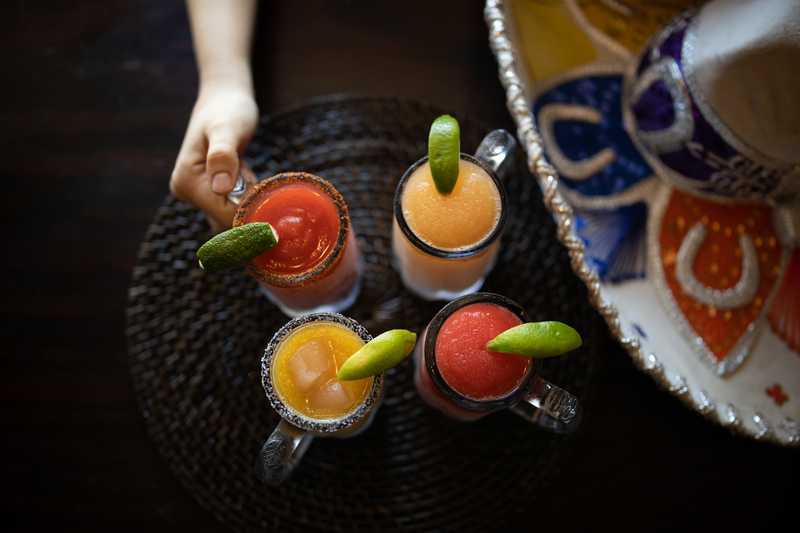News

Dia de los Muertos
Question: What do marigolds, butterflies, and skulls have in common? You guessed it – Day of the Dead, or Día de los Muertos! Here are 10 fun facts you’ll want to know before you call yourself a pro.
- The holiday has roots in ancient Mesoamerican traditions, including Aztec rituals that honored the departed.
- November 1 is often called Día de los Angelitos (for children), while November 2 is Día de los Muertos (for adults).
- While the official dates are November 1–2, many families begin preparing altars and offerings as early as October 31.
- It’s a celebration of life and memory, not death or fear.
- In Mexico, the holiday is marked with parades, music, dancing, cemetery vigils, and colorful altars filled with food and gifts. (Traditions vary in other Latin American countries.)
- Monarch butterflies migrate to Mexico around this time, and some believe they carry the spirits of loved ones returning home.
- Calaveritas de azúcar means “little sugar skulls” in Spanish.
- Brightly painted sugar skulls and toys are often placed on altars for children who have passed.
- Marigold petals (cempasúchil) are used to create vibrant paths and decorations, their strong scent believed to guide spirits.
- Candles, flowers, and offerings together light the way for ancestors to find their way home.
Think you’re a Día de los Muertos expert now? Take on the challenge of completing our crossword puzzle below. And of course, don’t forget to stop by Amigo Mexican Restaurant after the festivities.


